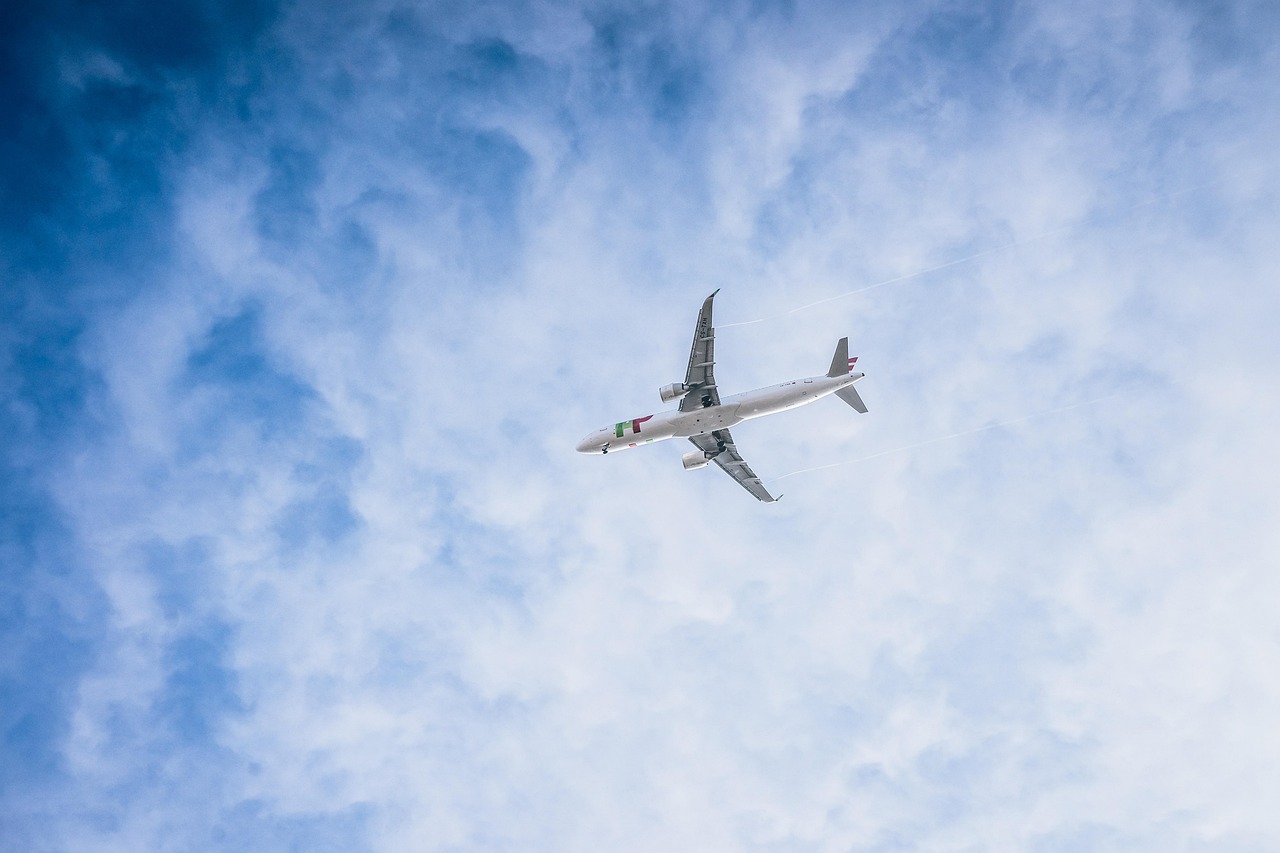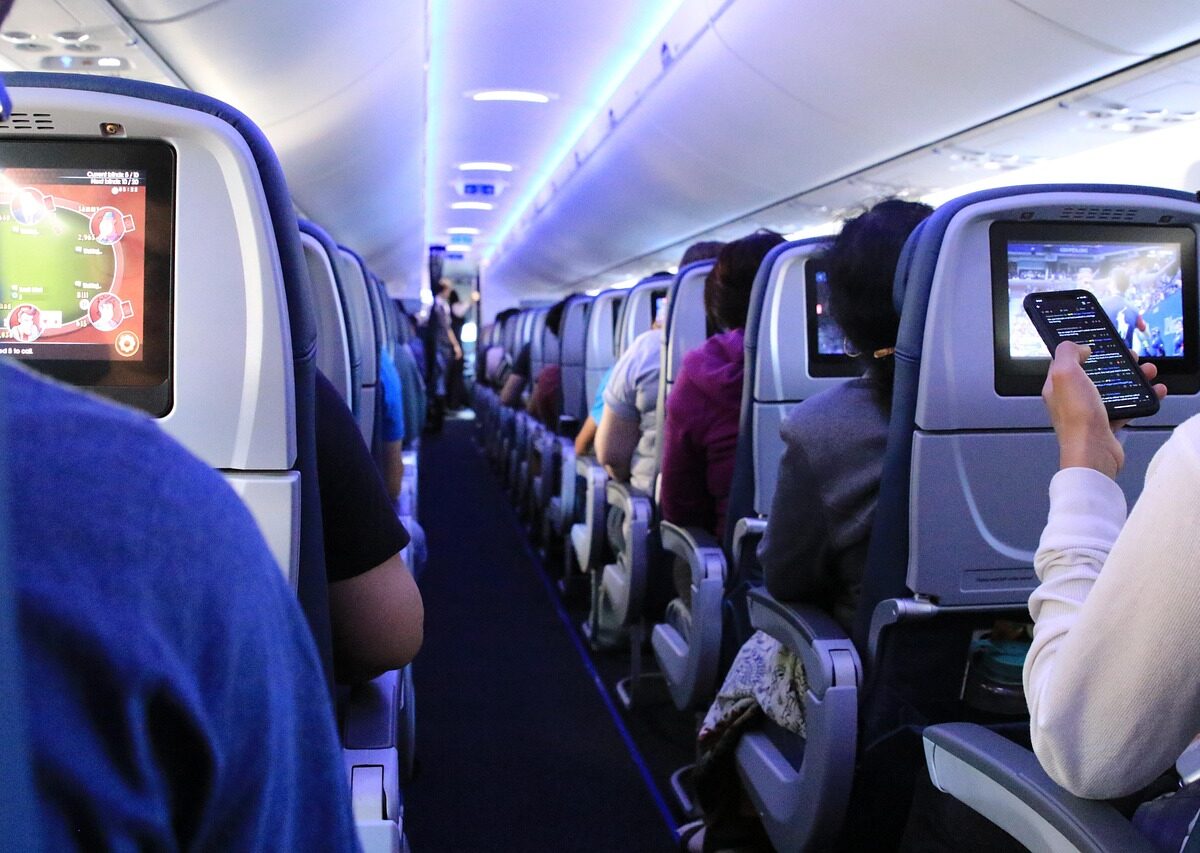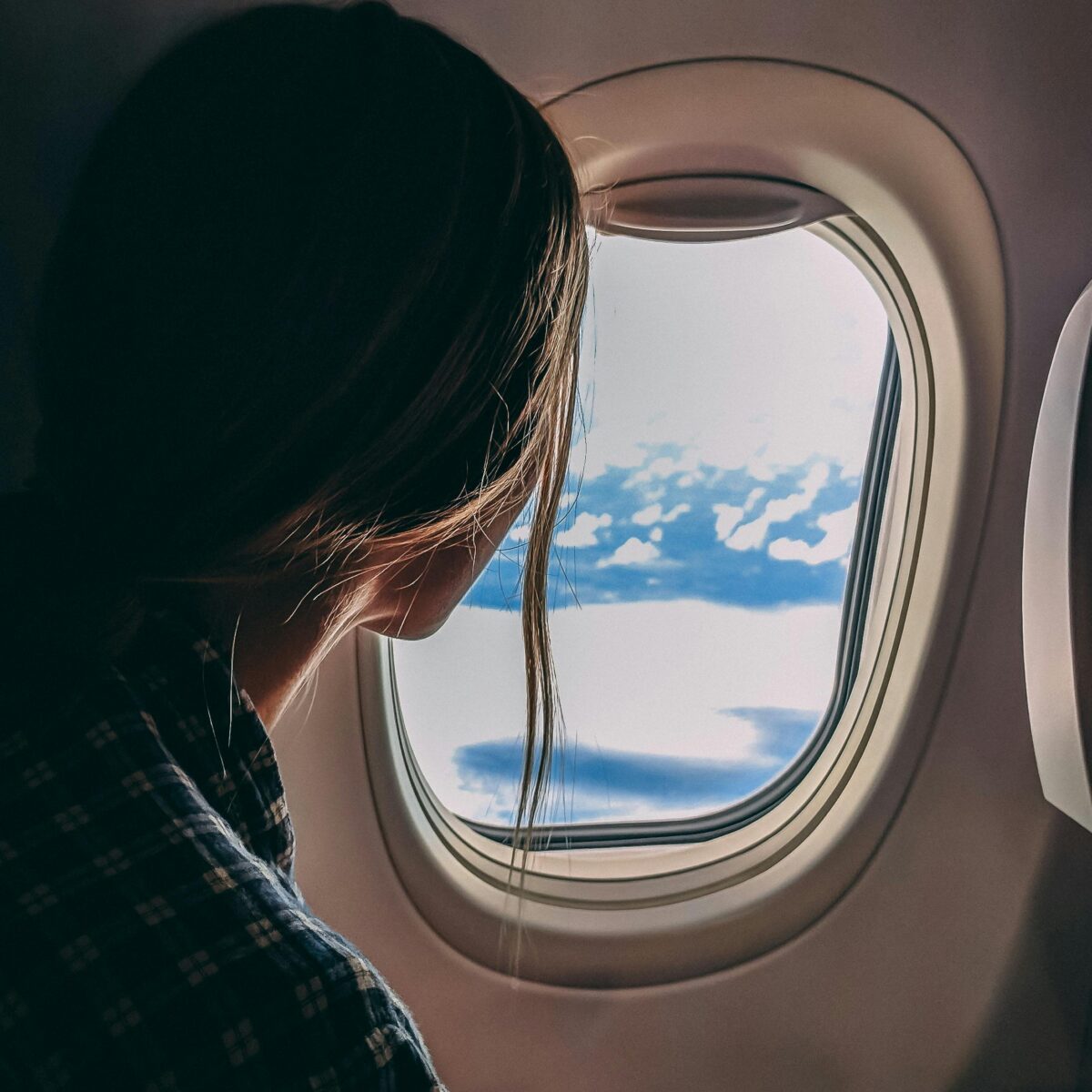Navigating the skies is, statistically, one of the safest forms of travel. Yet, recent air incidents, though rare, inevitably spark conversations about safety, preparedness, and even the seemingly minor choices we make, like where to sit on a plane. Beyond the comfort of legroom or the convenience of an aisle, many travelers ponder a more serious question: Is there truly a ‘safest seat to choose when flying’?
Let’s cut through the myths and dive into what studies and aviation experts suggest, keeping in mind that while flying is incredibly safe, being informed empowers you.
Unpacking the Data: Where Do the Numbers Point?
When a rare incident occurs, our focus often sharpens on survival. While every aviation event is unique and depends on countless variables (impact angle, speed, terrain, and even sheer luck), some analyses have attempted to identify statistical patterns in survivability by seat location.
Studies, including one by TIME magazine analyzing decades of FAA accident data and others by the National Transportation Safety Board (NTSB), have consistently suggested a slightly higher survival rate for passengers seated in the rear of the aircraft. For instance, some data points to:
- Rear Seats (especially the last 10 rows): Often show a survival rate in the higher percentages (e.g., 69-70%).
- Middle Seats (particularly in the rear): Some analyses indicate these might have the lowest fatality rates within the rear section, potentially due to the cushioning provided by seats on either side.
- Over the Wings: This section of the plane is often cited as being structurally robust due to the presence of the wing box, which provides significant support. Survival rates here typically fall between the front and the very back.
- Front Section (including First/Business Class): Statistically, these seats tend to have slightly lower survival rates, as the front of the aircraft often bears the brunt of a nose-first impact.
However, it’s crucial to remember that these are statistical trends, not guarantees. An accident where a plane’s tail takes the primary impact, for example, could invert these odds. The FAA and other aviation experts often emphasize that there is no single designated “safest seat” due to the unpredictable nature of crashes.
Beyond the Seat: What Truly Matters for Safety
While contemplating your seat choice can offer a psychological sense of control, aviation safety professionals emphasize that several factors are far more impactful than your row number:
- The Overall Safety of Air Travel: It’s paramount to remember that flying remains one of the safest modes of transportation. Modern aircraft are designed with incredible redundancies and safety features, rigorously tested by bodies like the FAA and EASA.
- Aircraft Design & Engineering: Modern planes are built to withstand immense forces, and designs constantly evolve based on lessons learned from past events. Enhanced seat designs, fire-retardant materials, and improved emergency lighting all contribute to overall survivability.
- Crew Training & Your Preparedness: Flight attendants are highly trained for emergencies. Listening to their pre-flight briefing, reading the safety card, knowing your nearest emergency exits (and the number of rows to them), and keeping your seatbelt fastened whenever possible are your most effective personal safety measures.
- The “Brace” Position: This simple action can significantly reduce injuries during impact by minimizing movement and protecting vital organs.
Staying Connected: An Essential Layer of Travel Preparedness
In any travel scenario, especially in an age where information and communication are vital, being connected is fundamental to safety and peace of mind. While the focus on air travel safety understandably leans on rare incidents, the more common concerns are smooth navigation, access to emergency services, and staying updated with travel advisories – all of which rely on reliable internet access.
For instance, imagine needing to quickly check flight updates, access emergency contact numbers, or even translate vital information in an unfamiliar airport. This is where modern travel essentials like an eSIM become invaluable. You can activate your data plan instantly, avoid hunting for local SIMs or relying on unreliable public Wi-Fi, and ensure you’re always just a tap away from the information you need.
So, while you might choose a seat in the back, near the wing, or closest to an exit for that extra peace of mind, remember that the most significant safety measures are built into the aircraft and managed by the crew. Your best personal preparation? Stay informed, buckle up, and ensure you’re always connected.
For a truly seamless and secure journey, wherever you fly, ensure you have reliable internet. Explore Tripcel eSIM plans for global connectivity and stay prepared for every adventure!








Leave a reply